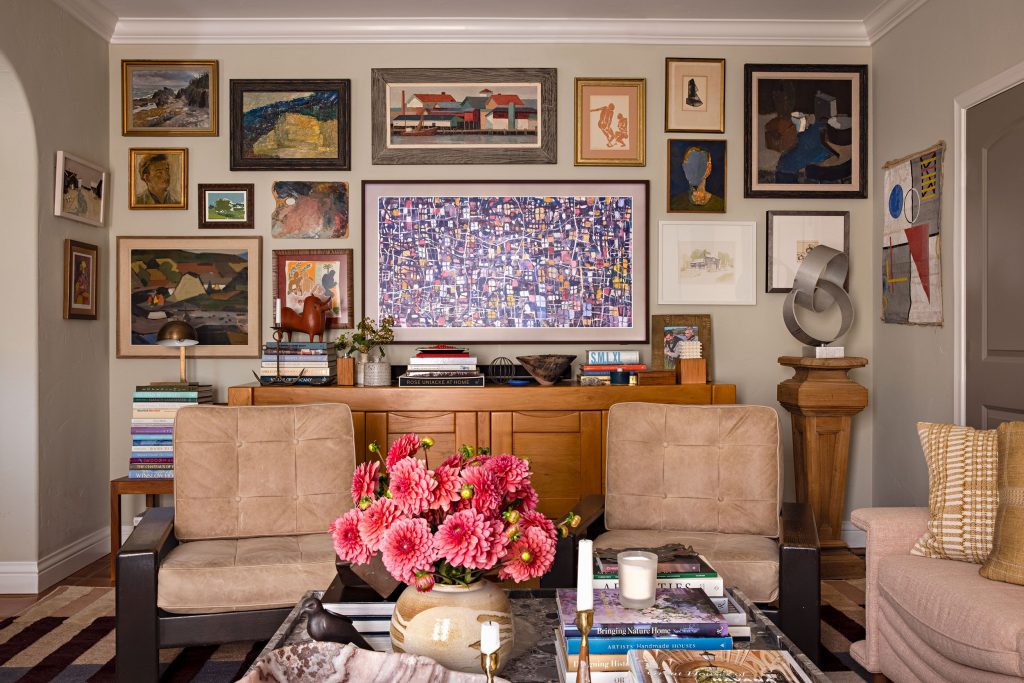
Furnishing a home goes far beyond selecting pieces that merely fill a space. The furniture you choose plays a key role in defining the comfort, functionality, and aesthetic appeal of every room. From the coziness of your living room to the organization of your office or the calm ambiance of your bedroom, well-selected furniture enhances your daily living experience.
If you’re looking to understand more about home furniture—its purposes, types, and how to pick the right items for different rooms and styles—this guide will help you make informed decisions that align with both your lifestyle and your personal taste.
The Essentials: Understanding the Role of Furniture
Furniture serves multiple functions. It provides physical support and comfort, stores belongings, helps define space, and adds character to your home. The right furniture pieces support your daily routines, encourage organization, and reflect your design preferences, whether modern, traditional, eclectic, or minimalist.
Moreover, furniture contributes significantly to the overall flow and efficiency of your home. Choosing the right size, shape, and type ensures each room remains functional and visually appealing, regardless of square footage.
Room-by-Room Furniture Breakdown
Each area in your home has its own specific needs when it comes to furniture. Here’s a look at essential furniture for different spaces:
Living Room
As the main social and relaxation area, your living room needs furniture that promotes comfort and conversation. Key pieces often include:
-
Sofas or sectionals
-
Coffee and side tables
-
Entertainment centers or media consoles
-
Armchairs or recliners
-
Bookshelves or display units
The layout should be welcoming and spacious, with enough seating for family and guests. Choose durable upholstery and consider multi-functional items like ottomans with storage.
Bedroom
This is your personal retreat, so furniture should focus on comfort, relaxation, and storage. Core pieces include:
-
Bed frames and headboards
-
Nightstands
-
Dressers or wardrobes
-
Accent chairs or benches
-
Bedside lighting
Select furniture that suits your needs while maintaining a peaceful and clutter-free ambiance. Soft textures and calming colors are ideal for creating a restful environment.
Dining Room
Dining furniture should combine function and style, offering enough space for meals and gatherings. Essentials are:
-
Dining table and chairs
-
Buffets or sideboards
-
Bar carts or cabinets (optional)
Materials matter here—wood, metal, or glass can set different tones depending on the look you’re going for. If space is limited, opt for extendable tables or bench seating.
Home Office
For remote work or study, a home office requires practical and comfortable furniture:
-
Ergonomic desks and chairs
-
Storage units or filing cabinets
-
Shelving for books and supplies
-
Task lighting
Choose pieces that support productivity while matching your preferred decor style. A clutter-free setup can increase focus and efficiency.
Entryway and Hallways
These areas are often overlooked but deserve functional furniture such as:
-
Consoles or hallway tables
-
Shoe racks or benches
-
Coat stands or wall hooks
These elements help organize your entry point and keep daily essentials within reach.
Matching Furniture to Your Style
Selecting furniture that fits your home’s architectural style and interior theme brings visual harmony. Here are a few popular styles:
-
Modern: Sleek lines, neutral colors, and minimalist elements.
-
Traditional: Classic shapes, rich wood tones, and detailed accents.
-
Scandinavian: Light woods, functional design, and clean aesthetics.
-
Industrial: Raw materials like metal and reclaimed wood with a rugged appeal.
-
Bohemian: Eclectic, colorful, and often vintage-inspired.
It’s perfectly fine to mix styles, but consistency in texture, scale, and color helps tie everything together.
Tips for Choosing the Right Furniture
-
Measure Your Space: Always measure before purchasing to avoid overcrowding or purchasing pieces that won’t fit.
-
Prioritize Functionality: Consider your daily habits and how furniture will be used. Multi-functional pieces are especially useful in smaller spaces.
-
Invest in Quality: Choose durable materials and craftsmanship, especially for high-use items like sofas and beds.
-
Balance Style and Comfort: A beautiful chair is of little value if it’s uncomfortable. Always test seating furniture when possible.
-
Plan for the Long Term: Opt for timeless designs that won’t go out of style quickly.
Final Thoughts
Furnishing your home is a journey that blends practicality with creativity. It’s about finding pieces that not only look good but serve you well in everyday life. Whether you’re furnishing one room or redesigning your entire home, understanding the basics about home furniture can help you make confident and satisfying choices. Keep your space, needs, and style in mind, and you’ll build an environment that feels both comfortable and inspiring.






